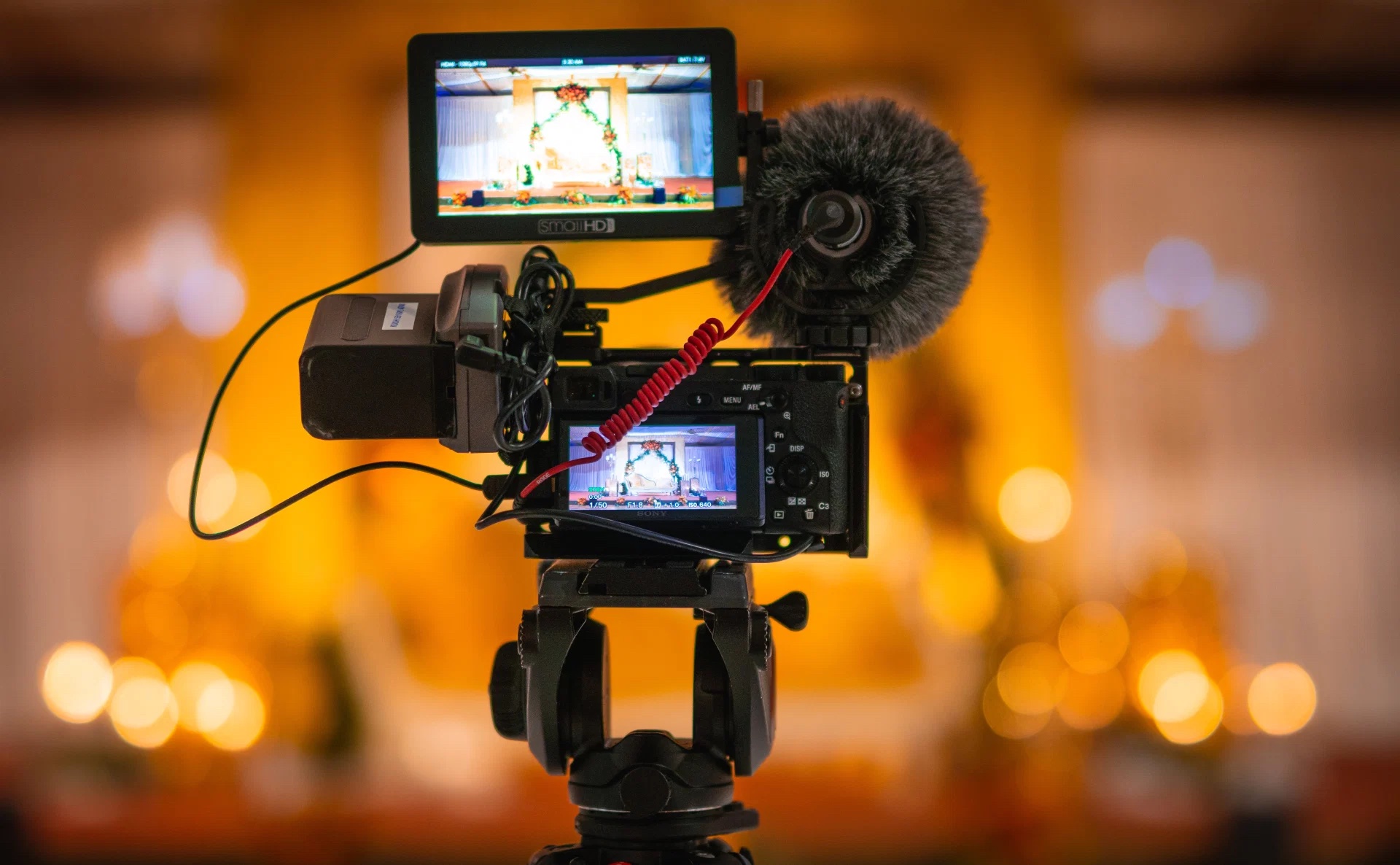One of my hobbies is filmography. Basically, almost ten years ago, I started to self-learn some techniques on how could I improve my homemade recordings in video media. Depending on the type of content, sometimes I wanted to express some feelings through simple camera movements, but I didn’t know which were the proper movements (neither their names) to which case (pretended expression).
Here, I will try to describe what are those movements (shots) briefly and how could you use them to achieve your goals.
Camera shots – a brief description
There are a total of one frame technique and six basic camera movements, which are naturally related to the six degrees of freedom a camera could have. Below you can see more about these six degrees of freedom [1].
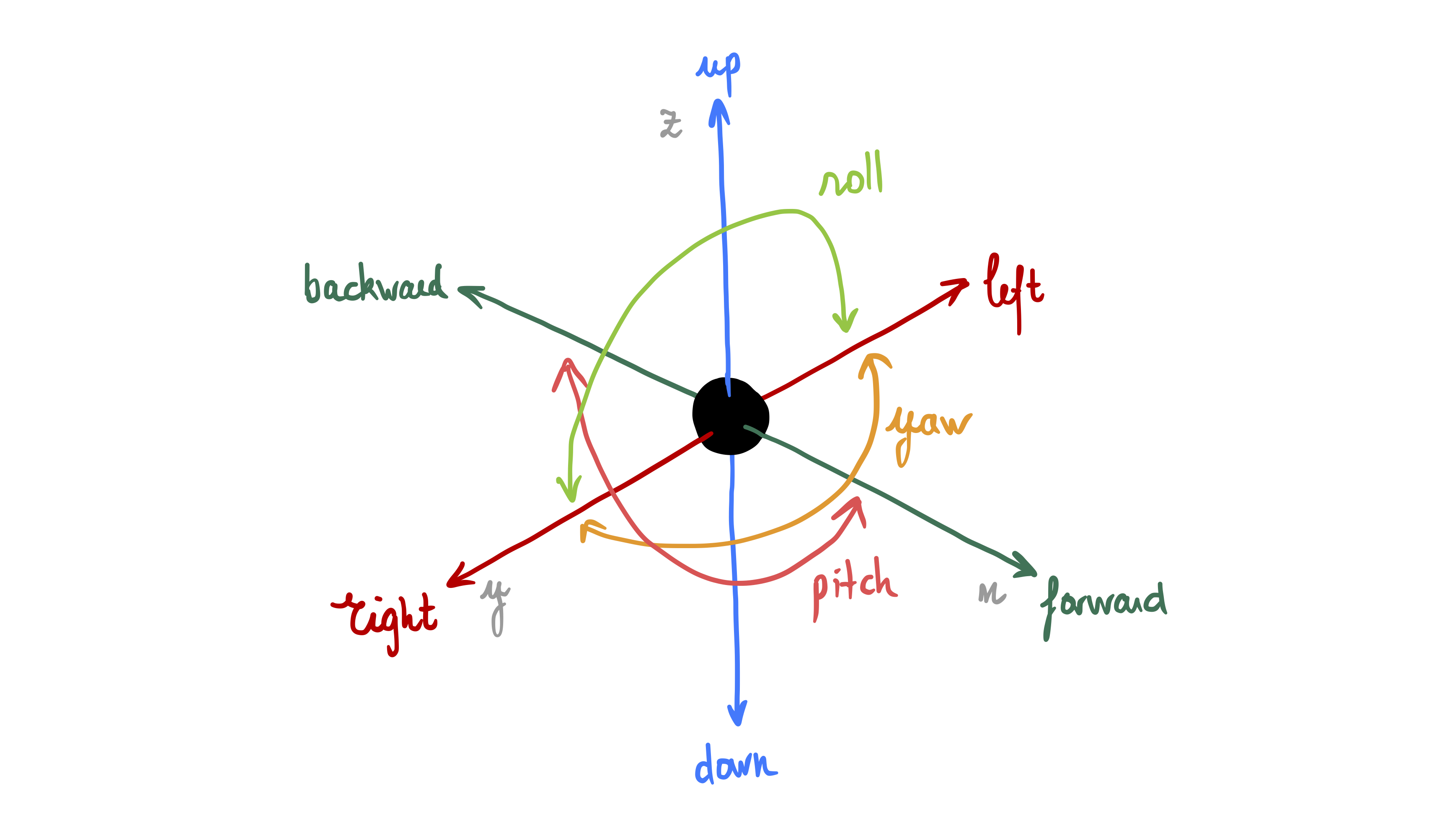
Six degrees of freedom. There are three transitional envelopes—the backward/forward envelope (correspondent to the $xx$ axis), the left/right envelope (correspondent to the $yy$ axis), and the down/up envelope (correspondent to the $zz$ axis). Meanwhile, the other three degrees of freedom include three rotational envelopes—these are the roll (rotation on the $x$ axis), the pitch (rotation on the $y$ axis), and the yaw (rotation on the $z$ axis). Recognizing the several degrees of freedom we can now apply a camera on the center of our referential and then point it to our scene—an environment which belongs to our world. Then, we can use our so-called shots.
The zoom shot
First, let’s see a frame technique which does not consider any type of transitional or rotational envelopes on the camera, that means, where the camera itself does not change its position throughout its movement, nor rotates. Such shot is the zoom, mostly used to magnify a focus point in the frame with some drama in the mixture.
As I am mostly used to shoot cityscapes or other scenes where drama’s do not make sense, I do not use this shot very often. More, I do not recommend it if you are working with a smartphone with exclusive digital zoom (and not optical zoom), since the only thing you are doing is to augment the size of the pixel, lowering the resolution of the resulting image.
On the figure below, you can see a brief representation of a zoom shot, where the black frame is related to the frame at the beginning of the shooting, and the blue one is the final frame.

The pan shot
As the zoom shot is like a simulation of a transitional envelope (but without any camera displacement)—it only crops the current frame into a smaller region. Now, a pan shot is, in fact, a pure rotational envelope, more specifically a yaw rotation.

This type of shot if very often used to follow a moving particle on the scene, such as a character or something that provides the spectator a sense of space.
Below I show you one example of my latest (and very simple) shootings, showing my beautiful city of Aveiro (a city worth to visit!) and its central canal.
Aveiro video shot using a pan movement. This video does not exclusively show a pan movement, but also starts with a truck, which we will cover further below. Please, ignore the non-parallel to the horizon start, but shooting with an iPad Pro, on a sunny day, and without any sunglasses… sorry! 😜
The tilt shot
The tilt shot is another pure rotational envelope, more particularly the pitch rotation. Again, this type of shot is made without any kind of camera displacement.
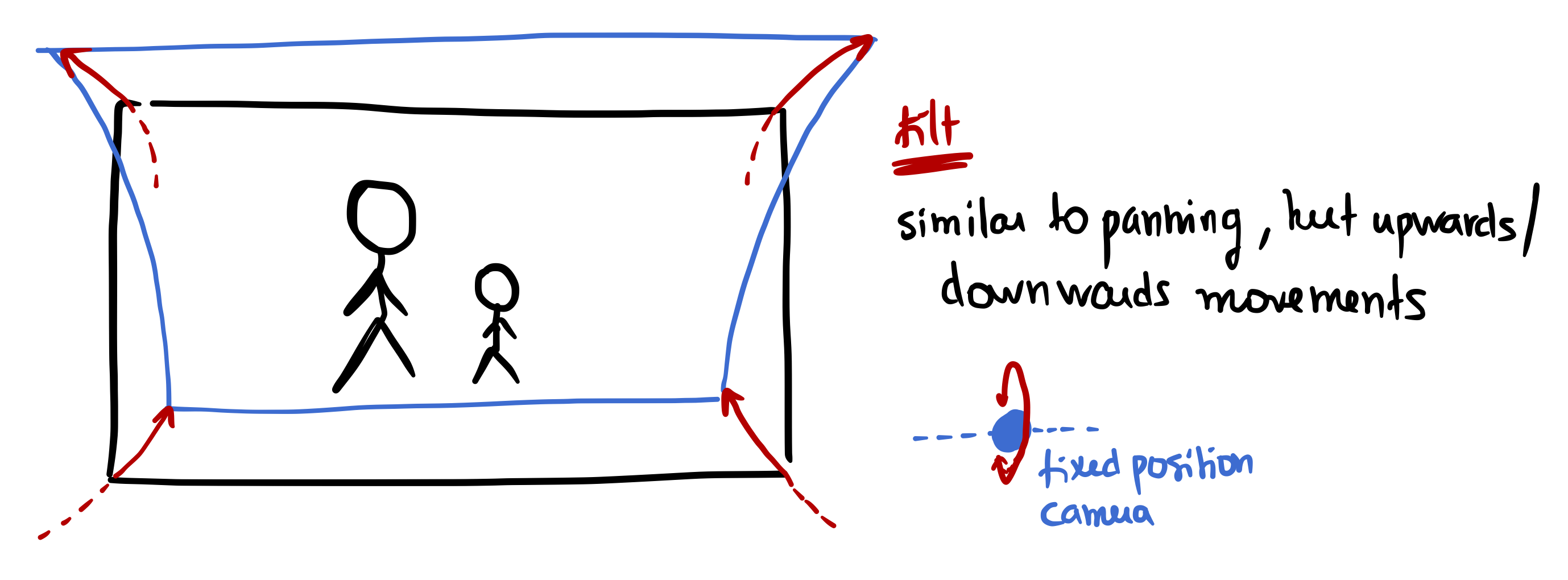
This type of shot is used in scenes where the filmmaker wants to make a subject to appear bigger or more significant, as a camera rotates upwards in slow motion—the opposite rotation is also valid for making a subject appear less significant and smaller.
University of Aveiro’s campus in a tilt shot. This was shot with an 11-inch iPad Pro.
The roll shot
Having specified the rotation in the zz axis (called pan shot), and in the yy axis (called tilt shot), we now need to characterize the roll shot, which is nothing more than a rotation in the xx axis.
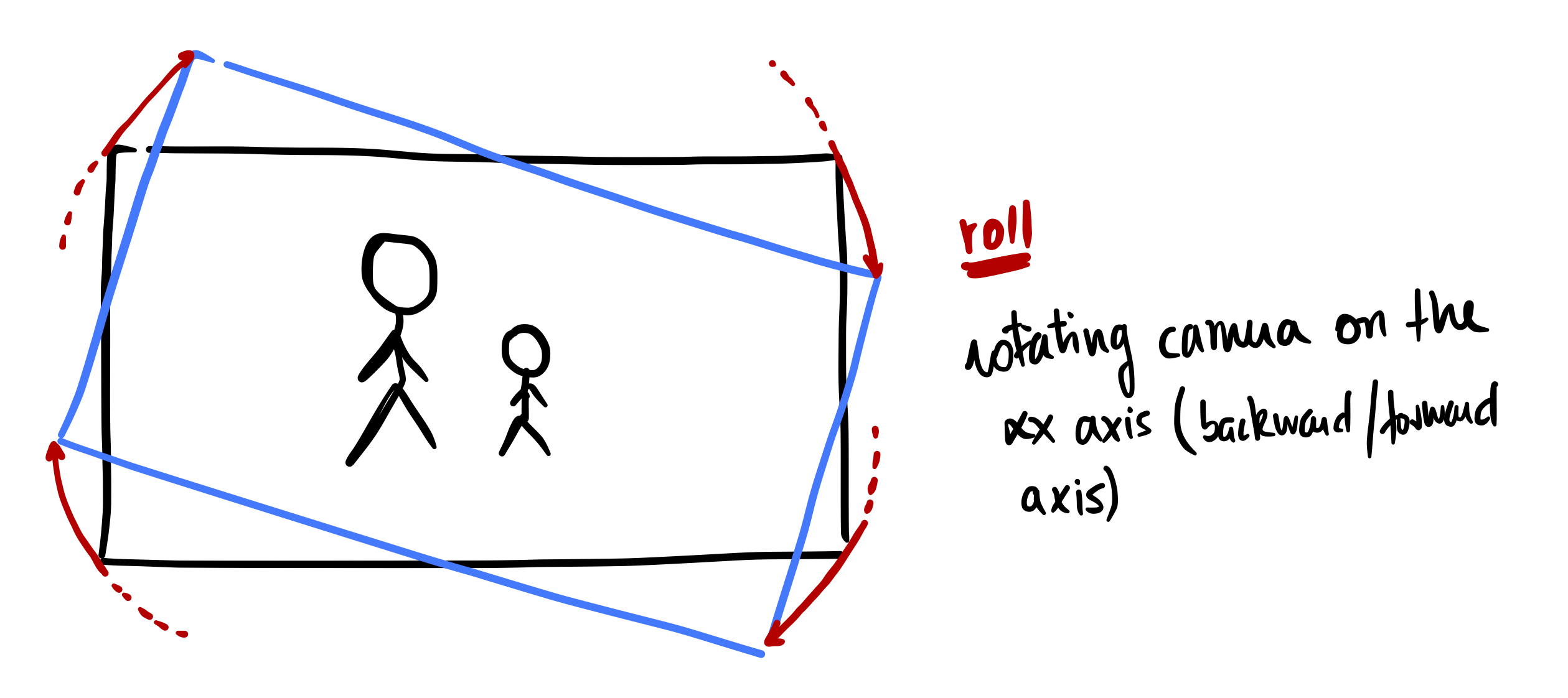
This motion is mostly used when the scene has some radical activities happening or when the context needs such rotation. As it distorts the notion of the horizon in the shot itself, is a particular motion that is not often used as is, but instead in conjunction with other movements such as with dolly.
University of Aveiro’s Mechanic Engineering Department in a roll shot. This was shot with an 11-inch iPad Pro.
The dolly shot
This shot is very similar to zoom’s with the particular difference that this one does have a displacement of the camera on the backward/forward axis (the xx axis). This provides the zoom shot a more natural and realistic way of transmitting the importance of a particular focus on the frame. This shooting movement can be a great way of creating a sense of intimacy between them.
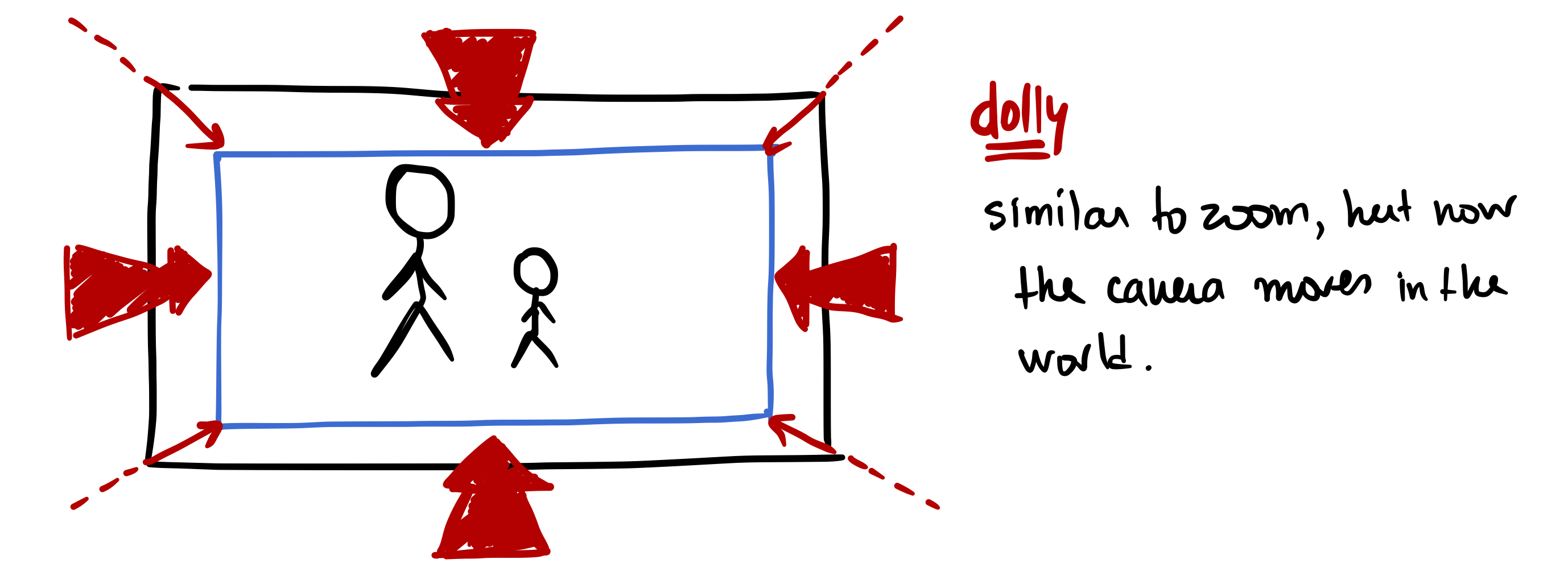
University of Aveiro’s ear-thingy in a dolly shot. This was shot with an 11-inch iPad Pro.
The truck shot
The truck shot is, undoubtedly, one of my favorites. Here the camera moves on the left/right axis (the yy axis) providing a way to follow characters in action or other scene particles. Quite similar to pan’s movement, this one does not carry on any type of rotation envelope.

Below there is an example of mine, taken on the MAAT’s building in Lisbon, Portugal [2]. The way it was made was merely by inserting my iPhone onto the tile gaps of the building and then move it parallel, on the same axis, to the bridge. This shot could also be achieved with great success if filmed in a larger frame rate (such as 240 frames per second rate) and then slowed down, to obtain a high-quality slo-mo.
Lisbon’s MAAT Museum using a truck shot. This video was shot with an iPhone 6s.
The pedestal shot
Finally, the pedestal shot is to the tilt shot, as the latter truck was to pan’s. In this case, the camera should move on the zz axis, that is, up or down, not considering any type of rotation envelope.
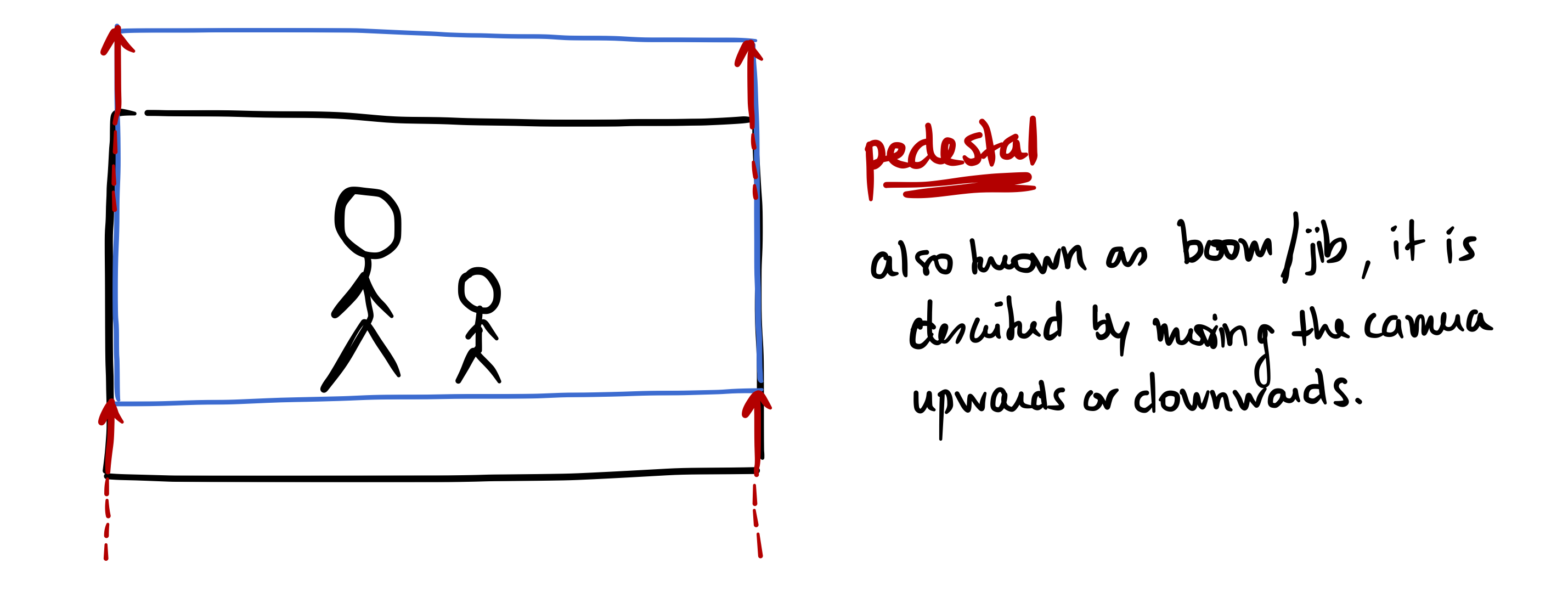
University of Aveiro’s campus in a pedestal shot. This was shot with an 11-inch iPad Pro.
Notes and References
This is the first article of many others about filmography and other works I developed. Get in touch to know more!
[1] Wikipedia contributors, “Six degrees of freedom,” Wikipedia, The Free Encyclopedia, https://en.wikipedia.org/w/index.php?title=Six_degrees_of_freedom&oldid=885318684(accessed March 16, 2019);
[2] Fundação EDP, “MAAT—Museum of Art, Architecture and Technology”, MAAT, https://www.maat.pt/en/about (accessed March 16, 2019).
